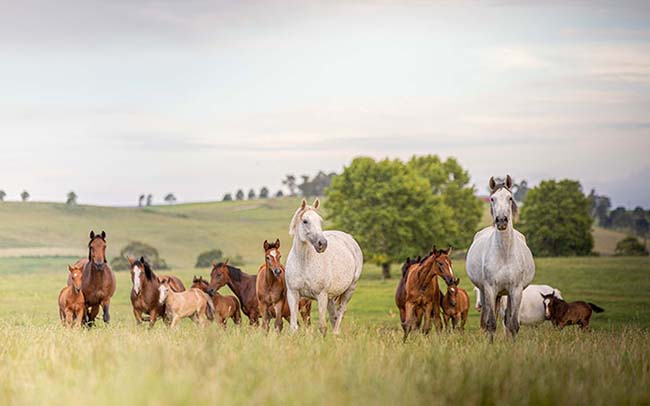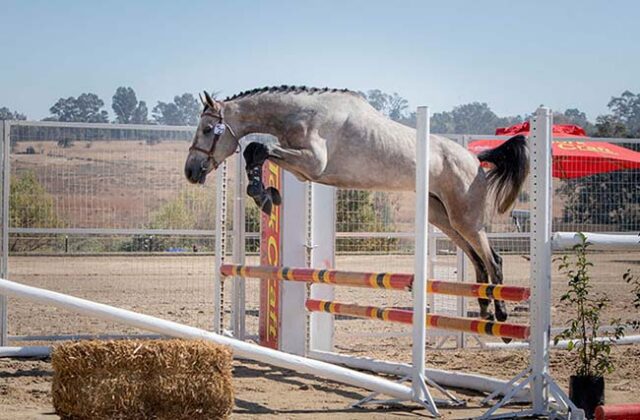By Brigitte Billings
Photography: Hilary O’Leary, Canterpix
South Africans are known as an optimistic bunch with ways of handling the most adverse circumstances. Inspite of political unrest, ingrained corruption, and rolling blackouts, most remain cheerfully undaunted.
South African Warmblood breeders are no exception when it comes to optimism, and despite ongoing challenges – the Covid pandemic notwithstanding – the industry remains in a state of growth. According to Frances Cheboub, Breed Manager at the South African Warmblood Horse Society (SAWHS), at present the Society has 160 registered members, of which about 100 are either non-regular or small breeders with between one and four mares. There are four major studs listed which produce 60 or more foals annually, while the remainder tend to see between six and 20 births a year. ‘Boutique’ studs are another trend, with some newcomers presenting just one or two breed-specific foals each year.
Cheboub says that registrations remain a dilemma since not all foals are registered at birth, making it tricky to keep track of accurate annual figures. Invariably around 150 foals are registered in their first year, and then the rest trickle in over the next three years of their lives. Having said this, she was happy to report that Covid made no discernible difference to breeding numbers.
Disciplines and locations
As in many countries, the majority of SA breeders specialize in one particular discipline with showjumping far outweighing dressage and eventing. Of the 160 SAWHS Society members, only around 14 specialize in dressage, and 10 of those tend to breed for both dressage and jumping.

Also, like many other countries, horse breeding is often concentrated in specific geographic locations. This is usually influenced by available space, as well as access to equestrian facilities such as specialist vets, farriers, and professional riders. At present, most breeding is centered in three main zones. These include Johannesburg’s Kyalami area, which is known as a show hub; KwaZulu Natal’s midlands, which is currently seeing something of a breeding explosion; and the Western Cape, which has a strong dressage breeding component... To read the complete article you need to be a subscriber
CLICK HERE TO SUBSCRIBE TO BREEDING NEWS
SUBSCRIBERS CAN READ THE COMPLETE ARTICLE BY LOGGING IN AND RETURNING TO THIS PAGE





